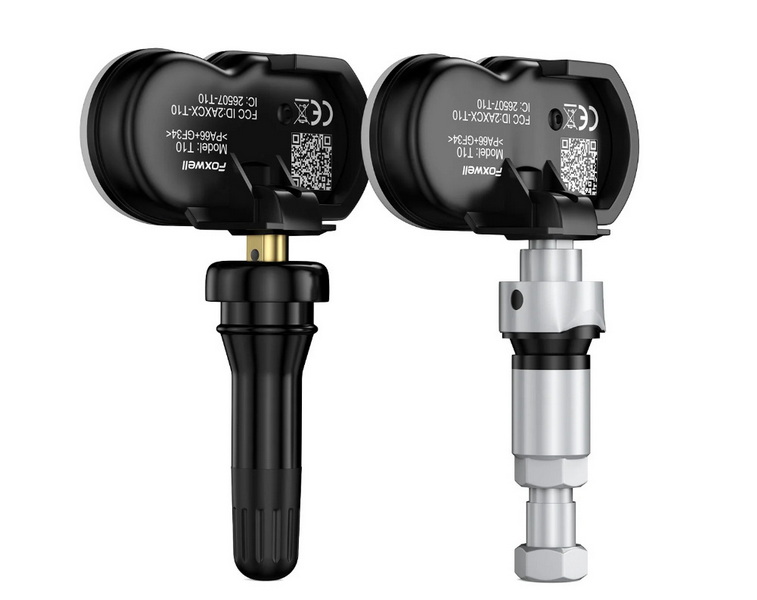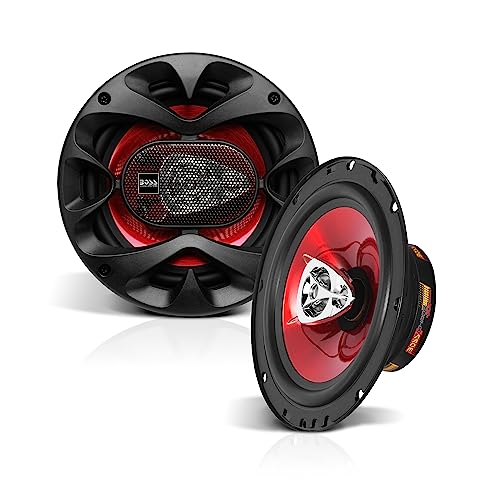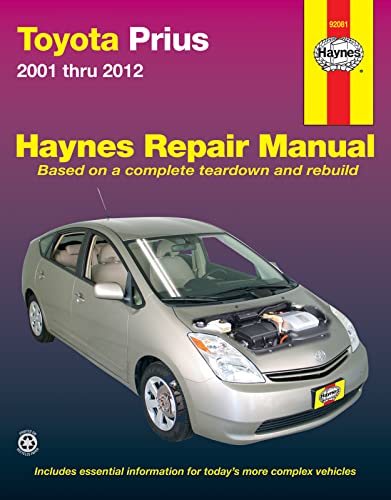As an Amazon Associate, I earn from qualifying purchases
Is your Toyota’s tire pressure warning light on, but you’re not sure which TPMS sensor is causing the problem? It can be frustrating when your car alerts you to an issue, yet you don’t know where to start fixing it.
Knowing how to identify the bad TPMS sensor quickly can save you time, money, and stress. In this guide, you’ll learn simple, clear steps to find the faulty sensor so you can get back on the road safely. Keep reading to discover how to pinpoint the problem without any guesswork.
Signs Of A Bad Tpms Sensor
Knowing the signs of a bad TPMS sensor helps keep your Toyota safe on the road. The Tire Pressure Monitoring System (TPMS) alerts you when tire pressure is low. A faulty sensor can give wrong information or stop working. Spotting these signs early prevents tire damage and driving hazards.
Warning Lights On Dashboard
The most common sign is the TPMS warning light on your dashboard. This light looks like an exclamation mark inside a tire. It turns on if a sensor is bad or the tire pressure is low. If the light stays on after you check the tires, the sensor might be faulty.
Irregular Tire Pressure Readings
A bad TPMS sensor can show wrong tire pressure values. Sometimes the reading jumps up and down or stays the same no matter what. If the pressure looks strange on your display, the sensor could be damaged. This can lead to unsafe driving conditions.
Frequent Sensor Alerts
If your TPMS gives alerts too often, the sensor may be failing. Repeated warnings for normal tire pressure mean the sensor is not working right. Constant alerts can distract you and reduce trust in the system.
Tools Needed For Tpms Diagnosis
Diagnosing a bad TPMS sensor on a Toyota requires specific tools. These tools help identify which sensor is faulty. Using the right equipment saves time and avoids guesswork. Below are the main tools needed for TPMS diagnosis.
Tpms Scan Tool
A TPMS scan tool reads signals from each sensor. It shows sensor ID, battery status, and pressure data. This tool helps pinpoint the sensor causing issues. It is designed specifically for TPMS systems. Using it makes the diagnosis accurate and fast.
Tire Pressure Gauge
A tire pressure gauge measures the actual air pressure inside tires. It verifies if the sensor’s reading matches the real pressure. This tool is simple but essential. It helps rule out false sensor alerts due to low tire pressure.
Obd2 Scanner
An OBD2 scanner connects to the car’s computer system. It reads error codes related to TPMS problems. This tool provides detailed fault information. It aids in confirming if the issue is with a sensor or another system part.
Locating Tpms Sensors On Toyota
Locating the TPMS sensors on your Toyota is the first step to identifying any issues. These sensors help monitor tire pressure and ensure safe driving. Knowing where they are makes it easier to check and replace a bad sensor.
Sensor Positions On Wheels
Each wheel on your Toyota has one TPMS sensor. The sensors are inside the tire, attached to the valve stem. They monitor the air pressure and send data to the car’s computer. The front and rear wheels both have sensors in the same position.
Accessing The Sensors
To access the sensors, you need to remove the tire from the wheel. This requires a tire removal tool or a visit to a tire shop. The sensor is mounted on the inner side of the wheel. Handle it carefully to avoid damage while checking or replacing.

Credit: www.fibossensor.com
Step-by-step Tpms Sensor Check
Checking which TPMS sensor is bad on your Toyota is simple. Follow these clear steps to find the problem. This helps keep your tires safe and your car running well.
Reading Sensor Data
First, use a TPMS tool to read sensor data. This tool shows pressure and sensor ID for each tire. Write down the data for all four tires. Look for any sensor showing low or no pressure.
Identifying Faulty Sensor
Compare the sensor data with the actual tire pressure. A sensor that shows wrong pressure or no data is likely bad. Check if the sensor ID matches the tire it belongs to. This step helps find the exact faulty sensor.
Resetting The Tpms System
After fixing or replacing the bad sensor, reset the TPMS system. This clears old warnings and lets the car learn new sensor data. Follow your Toyota’s manual for the reset process. Drive the car slowly to complete the reset.
Common Causes Of Tpms Sensor Failure
TPMS sensors in Toyota vehicles can fail for several common reasons. These failures cause the system to stop working correctly. Understanding these causes helps you spot a bad sensor faster.
Some causes are easy to fix. Others might need sensor replacement. Knowing these issues saves time and money.
Battery Drain
Each TPMS sensor has a small battery inside. This battery powers the sensor to send signals. Over time, the battery drains and dies. When the battery is dead, the sensor stops working.
Battery drain is the most common reason for sensor failure. Batteries usually last 5 to 10 years. Harsh weather or low temperatures can shorten battery life.
Physical Damage
TPMS sensors are attached inside the tire rim. They can get damaged during tire changes or road impacts. Hitting potholes or curbs can crack or bend the sensor.
Physical damage breaks the sensor’s ability to send signals. Sometimes sensors get lost during tire repairs. Check sensors carefully after any tire work.
Corrosion Issues
Corrosion happens when moisture reaches the sensor parts. Salt and water from roads speed up corrosion. Corrosion damages the sensor’s metal parts and electronics.
Corroded sensors send weak or no signals. This causes the TPMS warning light to turn on. Regular cleaning and avoiding salty roads help prevent corrosion.
Replacing A Bad Tpms Sensor
Replacing a bad TPMS sensor in your Toyota is important for safe driving. The TPMS sensor monitors tire pressure and warns you if it’s low. A faulty sensor can give false alerts or no alerts at all. Fixing it quickly keeps your tires healthy and improves fuel efficiency. The process involves selecting the right sensor, installing it properly, and programming it to work with your car.
Choosing The Right Sensor
Select a sensor made for your Toyota model. Check the year and tire size to match the sensor. OEM sensors are reliable but cost more. Aftermarket sensors are cheaper but may vary in quality. Pick one that fits your budget and works well with your car’s system.
Installation Tips
Remove the tire from the wheel carefully. Take out the old sensor without damaging the valve stem. Install the new sensor in the same position. Tighten the sensor securely to avoid air leaks. Balance the tire after installation for smooth driving. Use gloves to keep the sensor clean and free from oil or dirt.
Programming The New Sensor
Programming the sensor ensures it communicates with your Toyota’s system. Some cars program sensors automatically after driving. Others require a scan tool to activate the new sensor. Follow your car’s manual for programming steps. Reset the TPMS warning light once the sensor works. Check the sensor status regularly to avoid future issues.
Preventive Measures For Tpms Longevity
Taking care of your Toyota’s TPMS sensors helps avoid costly repairs. Proper care extends the sensor life and keeps your tires safe. Simple steps can protect these sensors from damage and failure.
Regular Tire Maintenance
Check tire pressure often. Use a reliable gauge to keep pressure at the right level. Rotate tires regularly to ensure even wear. Inspect tires for damage like cuts or nails. Balanced tires reduce sensor strain and improve accuracy.
Avoiding Harsh Driving Conditions
Drive gently on rough roads to prevent sensor damage. Avoid potholes and curbs as they can harm sensors. Slow down on bumpy surfaces to reduce shock impact. Harsh conditions cause sensor failure and false warnings.

Credit: www.youtube.com

Credit: www.reddit.com
Frequently Asked Questions
How Do I Know Which Toyota Tpms Sensor Is Bad?
Look for a blinking TPMS light or no pressure reading on the display.
Can A Bad Tpms Sensor Cause Tire Pressure Errors?
Yes, a faulty sensor can send wrong tire pressure info to your car.
How To Reset Tpms After Replacing A Sensor On Toyota?
Use the TPMS reset button or drive for 10 minutes at 30 mph.
Does Toyota Tpms Sensor Battery Last Long?
Usually, sensor batteries last 5-10 years before needing replacement.
Can I Test Toyota Tpms Sensors Myself?
Yes, with a TPMS tool or by checking tire pressure manually.
What Happens If I Ignore A Bad Tpms Sensor In Toyota?
You risk unsafe driving due to incorrect tire pressure warnings.
Conclusion
Knowing which TPMS sensor is bad on your Toyota helps keep you safe. Check each sensor carefully with a proper tool. Replace only the faulty sensor to save money. Regularly inspect your tires and sensors for the best performance. Don’t ignore warning lights; they protect your vehicle and your life.
Simple steps make tire maintenance easier and more effective. Stay alert and keep your Toyota’s TPMS working right. Safe driving starts with good tire care.
As an Amazon Associate, I earn from qualifying purchases


